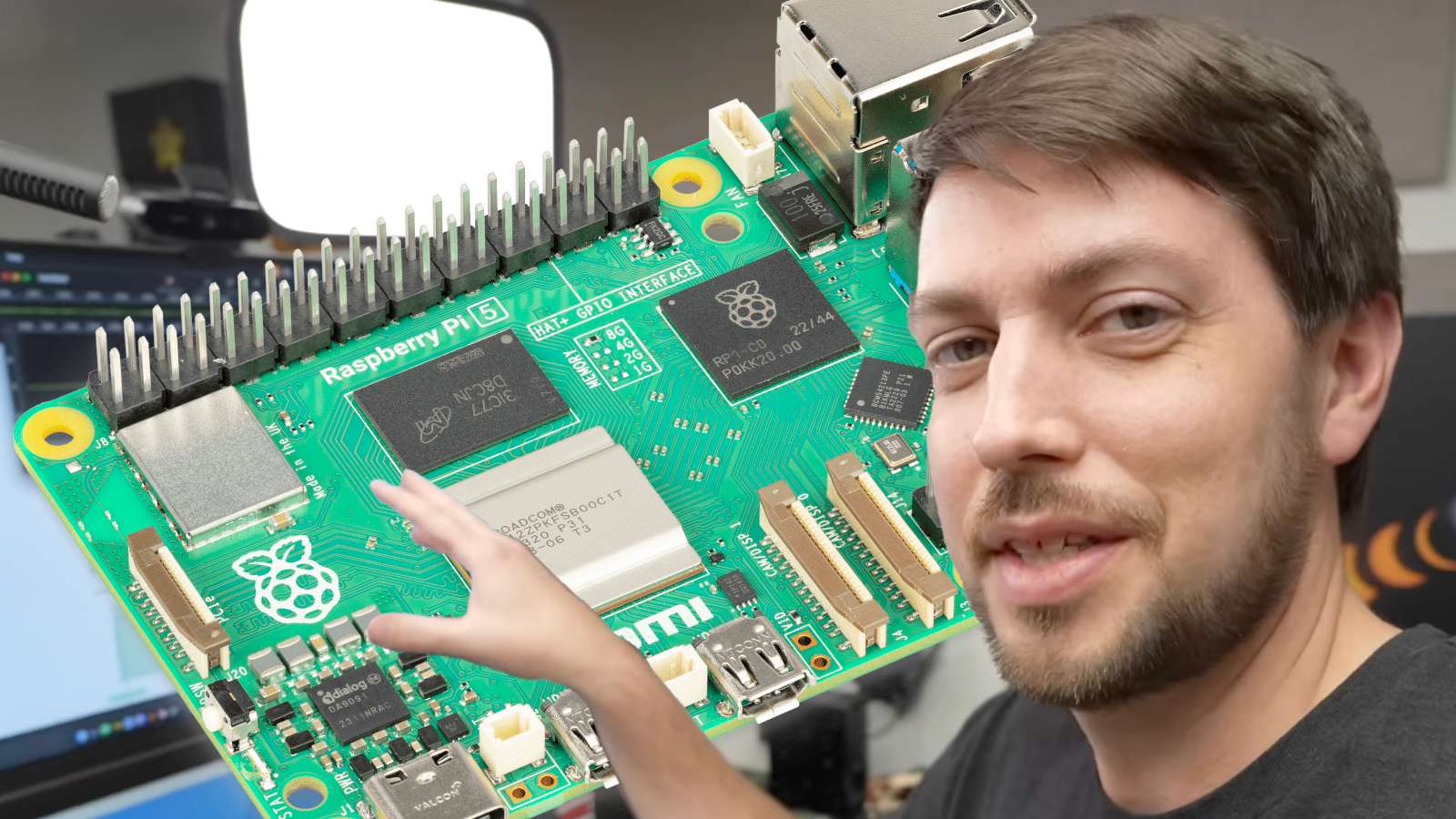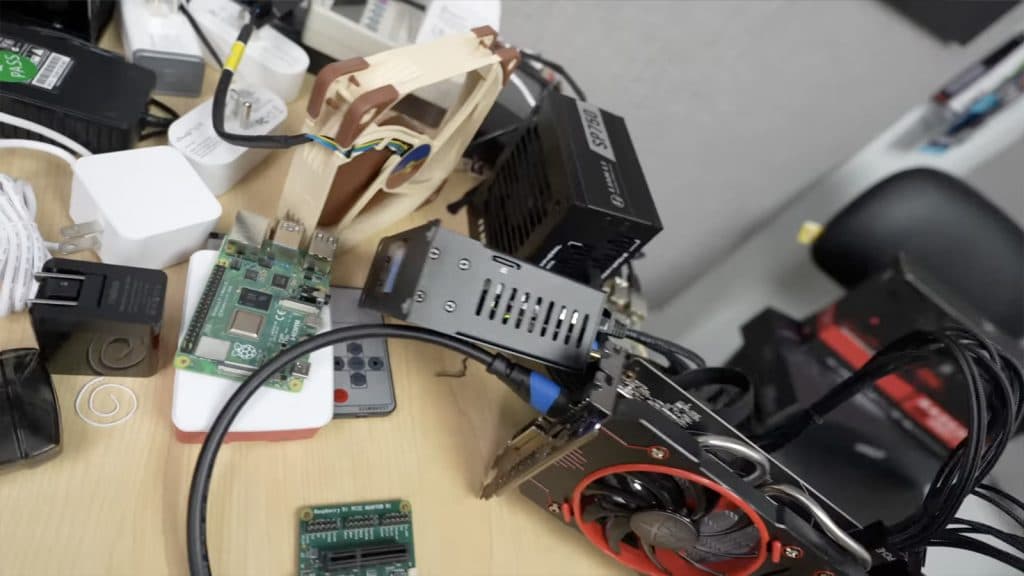Raspberry Pi 5 finally gets GPU working after years of testing
 Jeff Geerling/Raspberry Pi
Jeff Geerling/Raspberry PiYouTuber Jeff Geerling has finally gotten a graphics card to run properly on the Raspberry Pi 5 after years of work with his community.
Over the last couple of years, tech YouTuber Jeff Geerling has cracked running a graphics card on a Raspberry Pi. Using a recently released Pi 5, he was able to get it to boot and utilize an AMD RX 460 in a mostly functional state.
His journey began with the Raspberry Pi 4 Compute Module (CM4), a far smaller version of the full Pi 4B, which requires a carrier board. The CM4 introduced access to PCIe lanes, which were only available on the carrier board. The 1x lane of PCIe 2.0 was enough to get the tinkering juices flowing.
Geerling – along with a dedicated team of open source developers – managed to crack open Linux to force in support. This included reengineering the entire OS down to its kernel. This was made more difficult, as the Pi uses ARM chips instead of x86.
GPUs like the Intel Arc outright don’t support the Pi, as they require that x86 architecture to run. However, Nvidia and AMD provide Linux drivers with varying success.
Jeff Geerling manages to get an AMD GPU running properly on a Raspberry Pi 5
Geerling’s success has come from the AMD RX 460, a card released in 2016. While Geerling has posted previous videos claiming success, they’ve all come with massive caveats. One video included booting into a user interface, only to be met with glitches. Most would lock up upon rebooting.
Another GPU he did get working was a small M.2 16MB GPU that provided the terminal only. However, this is the first time full GPU support has been seen working on the Raspberry Pi.
To get it to work, however, requires a lot of effort and a part you can’t buy right now. Developed by Pineberry, the uPCity is a connected board with a dedicated PCIe lane on it. This is then connected over a cable, and the Pi and GPU have to be independently powered.
Geerling shows his monstrous setup for the project, including a loose power supply and a fan blowing air over the GPU, where the fans won’t spin up.
 Jeff Geerling
Jeff GeerlingDespite it all, the graphics card does work as intended for the most part. Geerling details some missing features, but the Pi is actually managing to utilize the GPU in some capacity.
It has been pointed out that because of ARM architecture, it might be some time before a Raspberry Pi can play any modern AAA games. Even with Steam and Proton – which require x86 – that element is still far away from being done.